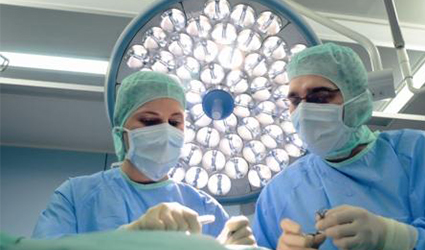Discovery of new toolkit to detect musculoskeletal condition
September 10, 2018
Source: drugdu
 1,185
1,185
Ageing is a normal process where the body parts especially joints, muscles and bones would become weaker. The bone density and muscle strength would deteriorate. But what is the exact benchmark that differentiates between normal condition and the diseased condition of musculoskeletal system?
The scientists from the Medical Research Council-Arthrit is UK Centre for Integrated Research into Musculoskeletal Ageing (CIMA) – a collaboration between Newcastle, Liverpool and Sheffield universities, have proposed a toolkit to detect the condition of joints, bones and muscles. These findings were published in the journal named Age and Ageing.
is UK Centre for Integrated Research into Musculoskeletal Ageing (CIMA) – a collaboration between Newcastle, Liverpool and Sheffield universities, have proposed a toolkit to detect the condition of joints, bones and muscles. These findings were published in the journal named Age and Ageing.
Two biomarkers named CTX and PINP are the indicators of bone health condition. The bone loss or the risk of fractures can be predicted, if the levels of these biomarkers go higher especially in older females. Even the body composition, muscle mass, cartilage damage, and functional ability could be assessed.
Professor John Mathers, from Newcastle University's Institute for Ageing, said "We know that when older people have limited mobility or stop being active altogether it can have a significant, negative impact on their cardio-vascular health, their neurological health and their quality of life overall, increasing the risk of disease. This new toolkit will help us better understand how well the whole musculoskeletal system functions as we age so that we can help people stay physically active and healthy for longer."
Professor Graham Kemp, from the Institute of Ageing and Chronic Disease in University of Liverpool, said "This toolkit is the first systematic effort to evaluate methods for assessing the effects of ageing in the bone, muscle, tendons and cartilage, and to make recommendations for practical use."
By editorRead more on
- Breaking the Mold and Forging a New Path! From Insulin Technology Pioneer to Global Innovation Competitor December 4, 2025
- A subsidiary of Kingfriend Pharmaceutical Co., Ltd. has received FDA approval for its self-developed injectable dapavancin December 4, 2025
- Major ophthalmic new drug successfully completed Phase III trials December 4, 2025
- Simcere Pharmaceutical and Wangshan Wangshui have reached an exclusive licensing agreement for deuterium remidevir hydrobromide for new indications such as RSV infection December 4, 2025
- SAL0140 tablets approved for clinical trials for the treatment of chronic kidney disease December 4, 2025
your submission has already been received.
OK
Subscribe
Please enter a valid Email address!
Submit
The most relevant industry news & insight will be sent to you every two weeks.



